Do you feel like too many people leave your site without ever really doing anything there?
Would you like more of your content readers to become your subscribers or even return readers?
If so, content engagement is what you need to measure and improve then.
Content engagement is any form of action a user chose to perform after landing on your page instead of leaving.
Content engagement is important because without engaging, people would just leave. It can be a click further into a site, email optin or filling in the contact form. Unengaged traffic is useless:
There's now one method: You'll get a better picture if you mix and match various tracking and measuring tools and metrics. The easiest tools and numbers to use are:
A bounce rate is the percentage of page visitors that leave the site from the same page they landed on.
Bounce rate is a well-discussed metric that few people understand. It is a common myth that a high bounce rate is a bad signal to Google.
In truth, a high bounce rate may very well signal of content comprehensiveness, i.e. page users found all they needed on the page they landed and had no reason to browse further.
When it comes to content engagement, a bounce rate can help you find pages that failed to keep users on your site. These may be the pages that need some work.
To identify pages with highest bounce rate inside Google Analytics, navigate:
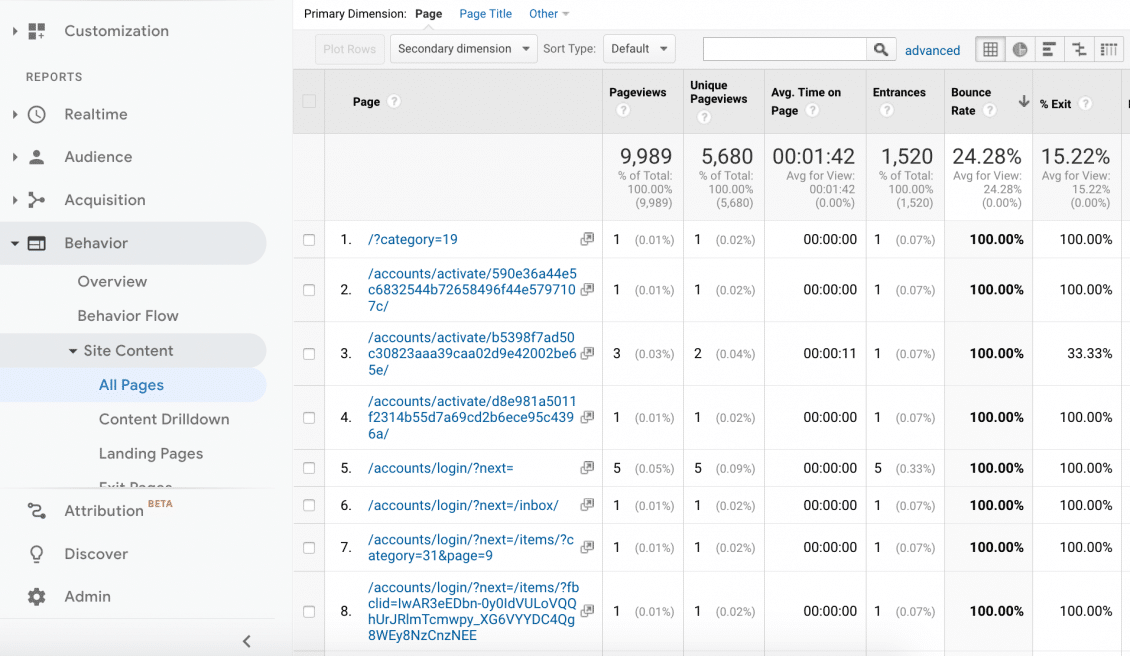
Finteza is an independent web analytics with a major focus on engagement and conversion tracking and optimization.
Finteza allows to track all kinds of conversions that fall under two major types:
Once you set up your conversion tracking, Finteza will let you build your sales funnels to identify pages that leak conversions and lose visitors.
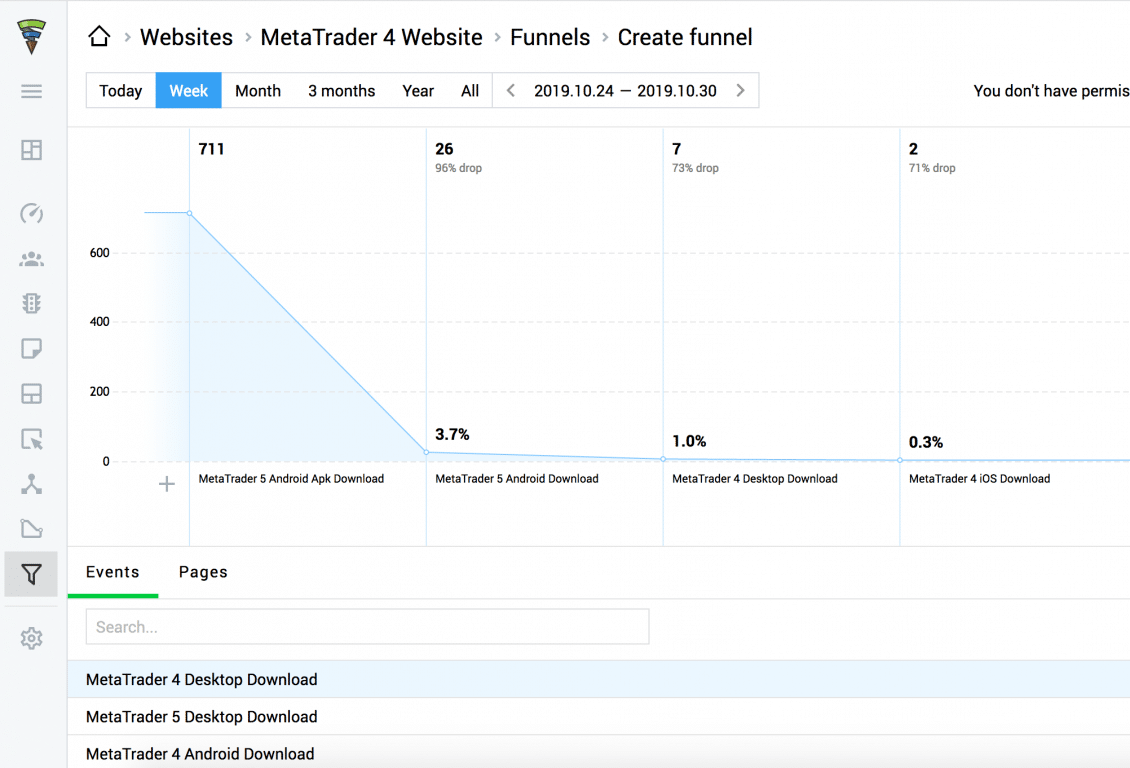
Here are more tips on setting up and analyzing your sales funnel.
Finally, another great way to understand how people interact with your web pages is to set up heatmapping campaigns.
Heatmapping tools monitor your user behavior for a certain period of time and visualize it based on:
The more heavily used parts of your page are in red. For example, here's an example of how users are interacting with Google and Bing search result pages courtesy of Conversionxl:
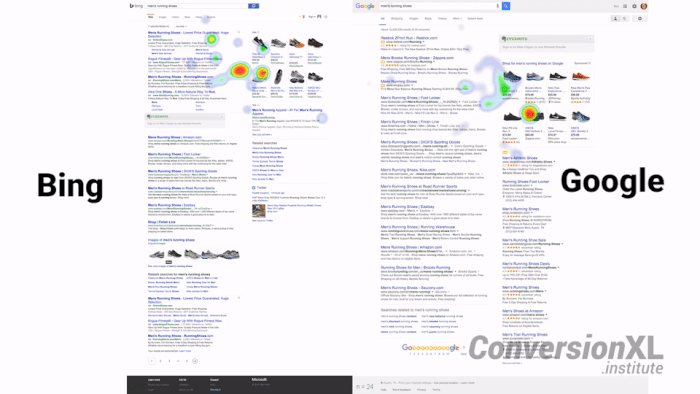
Here are lots of heatmapping plugins and tools to check out.
Content engagement optimization is one of those marketing tasks that is never done. It is an ongoing effort that involves constant testing and experimenting. There's no end to tools and tactics you can play with until you find more.
Now that we know how to monitor and measure content engagement, here are a few newer ideas for you to try and improve it:
Searcher's intent is what people intend to do when searching Google or Bing. For example, users may search Google to find answers, to compare products or to select a solution to buy.
Matching your content to the searcher's intent is the fundamental way to improve your on-page engagement: Give people what they need and match your CTA to entice them to perform an action.
To better optimize your content to the searcher's intent use Text Optimizer, a semantic analysis tool that helps include underlying concepts and entities in your content:
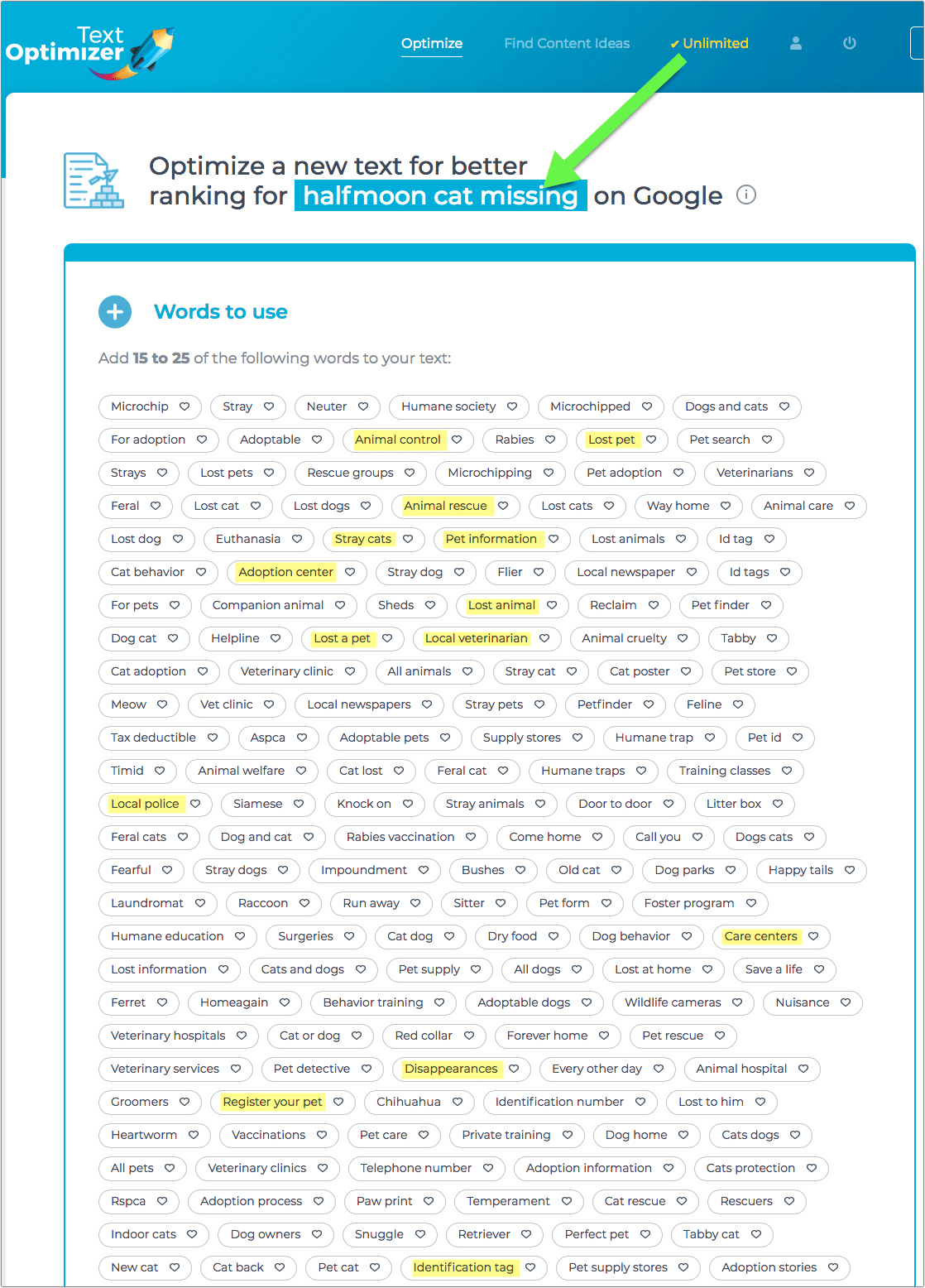
To better understand how the tool works, feel free to play with it here.
Suggesting your readers further content that may interest them is a great way to drive them deeper into the site.
Alter is a content recommendation engine that uses artificial intelligence to understand your users better and suggest content based on their past behavior.
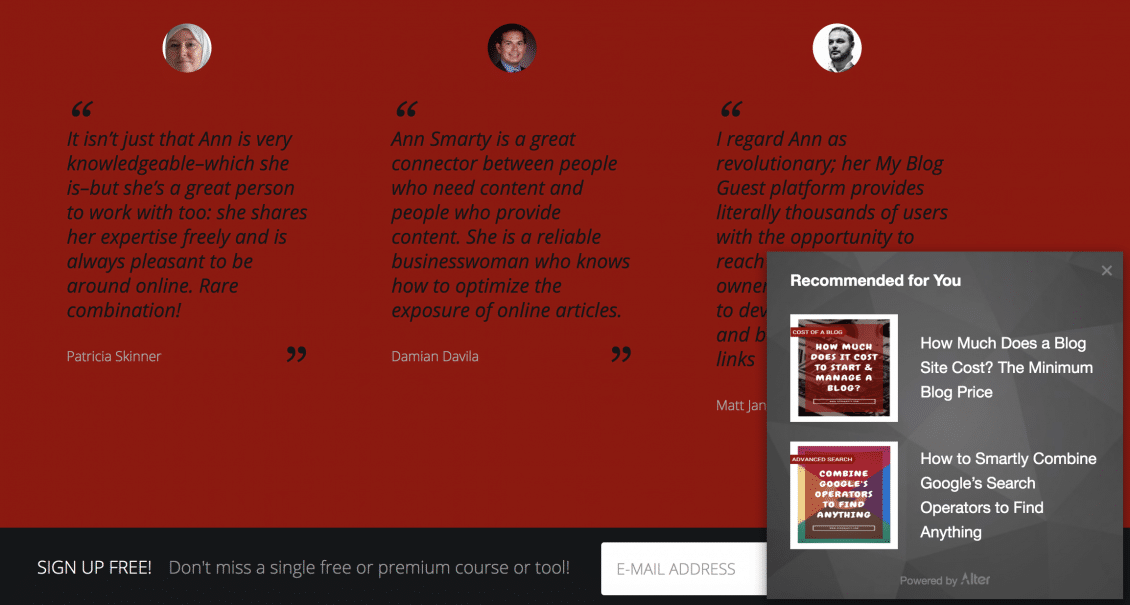
You can prioritize your site content for it to be suggested to more users. You can also monitor your engagement inside Alter dashboard.
Seasonality is one of the best ways to get more people engage with your content. Timing your content to big and small holidays catches your readers at the peak of their interest. There's also urgency playing a role here, i.e. there's a holiday coming up, so your readers are more likely to act.
ContentCal helps you to better time your content marketing efforts as well as keep your whole team informed:
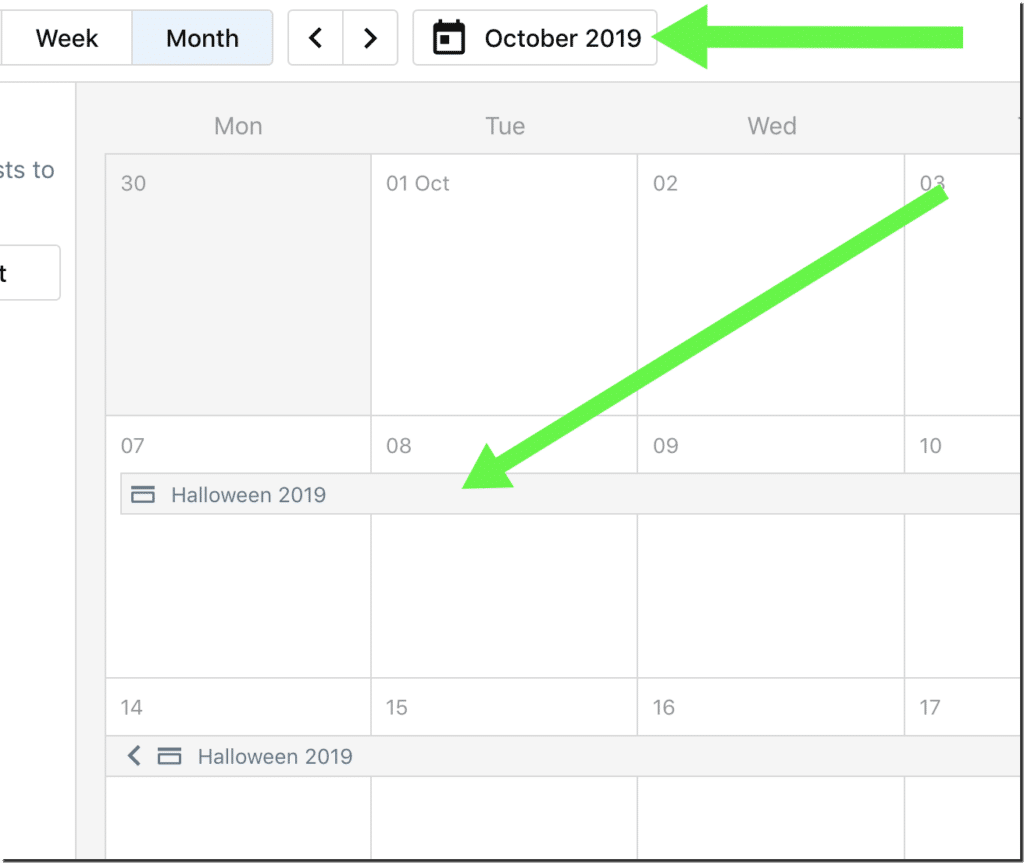
Obviously, there's much more into content engagement than using the tools above. For example, don't forget about essential fundamentals that are likely to effect your site usability:
Writing an engaging copy is the best way to increase your conversions. But there's more to content engagement than good copywriting. Hopefully the above tools will help you understand, measure and improve your content engagement.